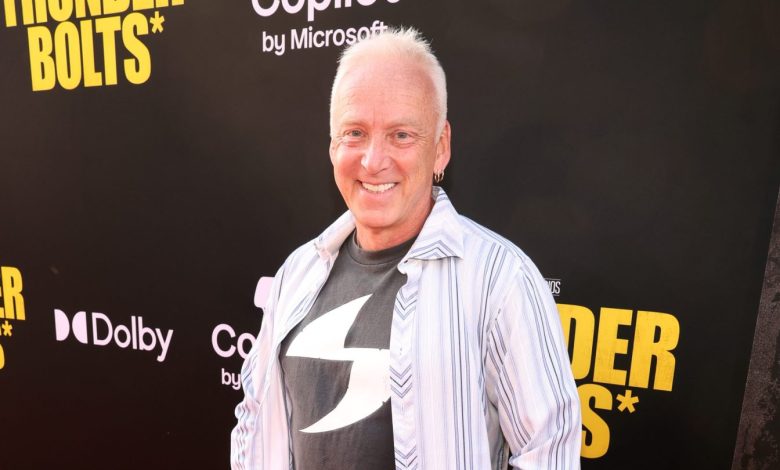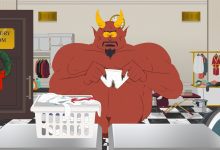How The Sentry Was Created

At the April 29 afterparty for the Thunderbolts* Hollywood premiere, comic book writer Paul Jenkins heard someone calling his name. When he turned around, he was surprised to see it was director Jake Schreier. Jenkins was flattered, but also confused. Afterall, it was Schreier’s big night. Shouldn’t he be too busy greeting well-wishers to talk to a comic book writer?
But Schreier earnestly wanted to know what Jenkins thought of the movie, in particular, Lewis Pullman’s Bob, better known as The Sentry. Jenkins co-created The Sentry in 2000 and spent time consulting on the movie, which has earned praise for telling a story of mental health struggles through the lens of a comic book feature.
“He was concerned that he’d adhered to something that had meaning,” says Jenkins, who indeed was pleased by both the movie and the character’s depiction.
Sentry’s path to the screen took decades. In the late 1990s, Jenkins wanted to tell the story of addiction the the story of a hero. He was working at DC’s Vertigo imprint, and pitched a storyline involving the character Power Man — a guy who takes a pill that lets him become a superhero for one hour a day. It would be the story of ultimate addiction. The company didn’t go for it, but Vertigo editor Karen Berger suggested he create an original character instead.
“I created The Sentry. I had an editor champion it at DC, but they didn’t do it. I pitched it to Marvel, and they didn’t do it. So I pitch it back to DC, and they didn’t do it,” he says with a laugh. “And then I went to Marvel and tried again.”
‘Round and round it went. Jenkins was already working with Jae Lee on Marvel’s The Inhumans, and convinced him to work with him on The Sentry. Together, they pitched it again, and editors Joe Quesada and Jimmy Palmiotti went for it.
The story was about a superhero everyone had forgotten. He’s not just the Sentry, he is also the villainous The Void. In the ultimate act of heroism, he makes everyone forget who he is so, so The Void won’t be able to threaten the world again.
As part of the marketing campaign, Marvel pretended that Jenkins discovered this hero in the bottom of a cupboard at Marvel, and that Stan Lee had actually co-created the character with the help of Artie Rosen, an artist who actually didn’t exist). “Everybody fell for it. It was a hidden Stan Lee creation,” says Jenkins.
The character became a favorite, with Jenkins even appearing in a 2005 issue of New Avengers comic as himself, after writer Brian Michael Bendis pitched him the idea. In another meta moment, years later he found himself in a conversation with Pullman, the actor who brought it to life to the screen.
“I told him, ‘Mate, I hope that this is really good for your career. I know this is weird, but I’m proud of what you did,’” recalls Jenkins. “And he was really excited about that.”
Source: Hollywoodreporter
HiCelebNews online magazine publishes interesting content every day in the movies section of the entertainment category. Follow us to read the latest news.
Related Posts
- Matthew Goode Talks Becoming Netflix’s New Leading Man in ‘Dept. Q’ — And Why He Won’t Be in ‘Downton Abbey 3’
- Cincinnati Reds vs. Chicago Cubs Livestream: When to Watch the MLB Game Online With Hulu + Live TV
- Sean “Diddy” Combs’ Assistant of 8 Years Accuses Him of Multiple Sexual Assaults During Testimony
- Streaming Ratings: ‘The Four Seasons’ Blooms in Premiere Week, ‘You’ Stays on Top
- See Exclusive Pictures of the Stars





